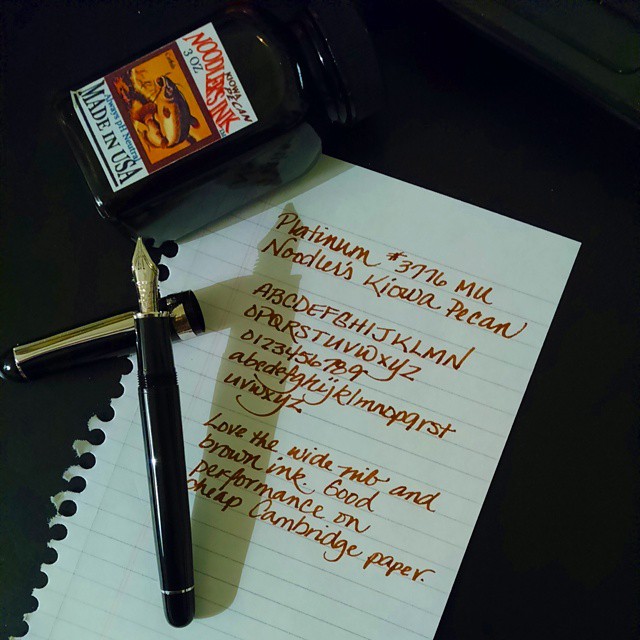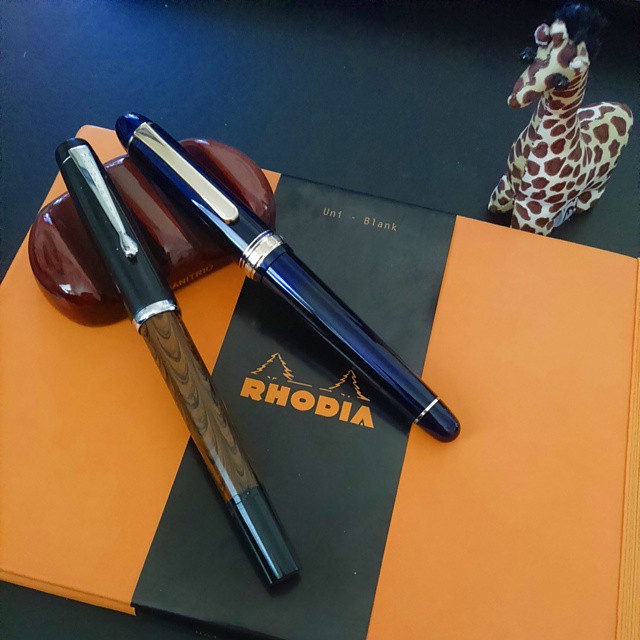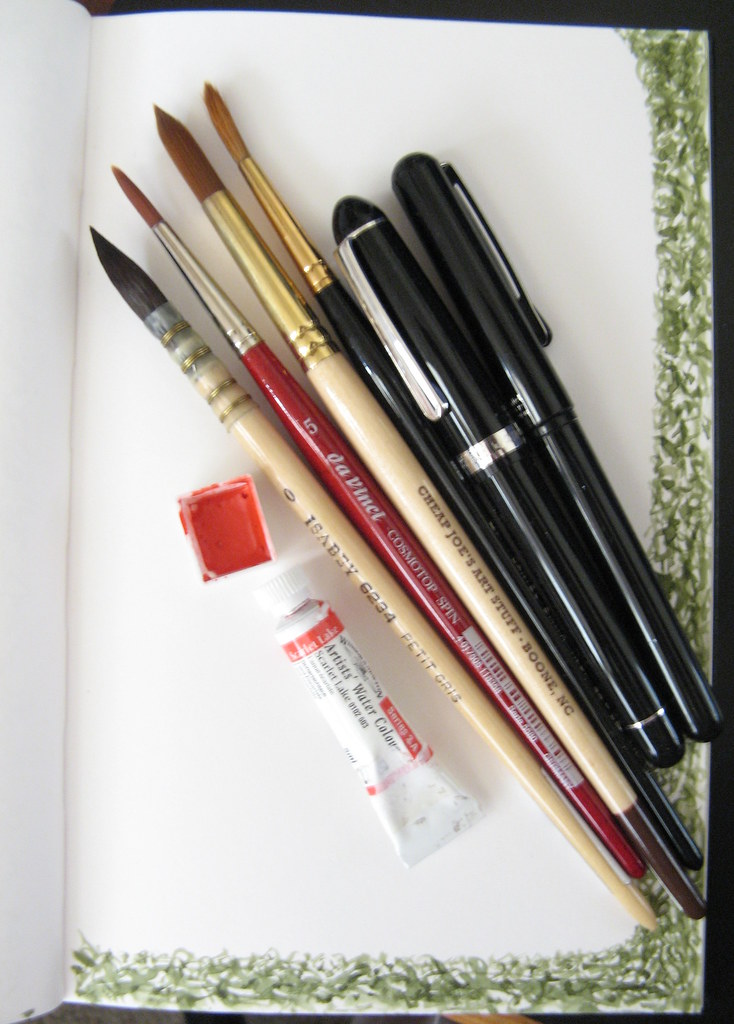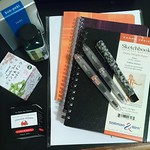After months of testing nibs and writing reviews, the crew on my desk exploded into a massive invasion. Eighteen is simply too many so now it’s back to a smaller group of pens and inks. Last summer two bent nib pens were all I wanted, but this year I added fines and extra fines. I’m calling them my six pack.
These are the ones that made the cut:
- Jinhao 82 EF Transparent Gray and Diamine Twilight
- Jinhao 82 F Transparent Grey and Diamine Violet
- Delike New Moon 2 Bent Nib Green Marble and Diamine Eau de Nil
- Delike New Moon 2 Bent Nib Blue and Waterman Mysterious Blue. Sailor Sky High when refilled.
- Jinhao 82 F Ivory with Noodler’s Black Swan in Australian Roses
- Jinhao 82 EF Transparent Coffee with Sparkles and J Herbin Lie de Thé
Twilight and Eau de Nil are likely to get the most use. Do you pare down for the summer? If so, what made the cut for you this year?




















